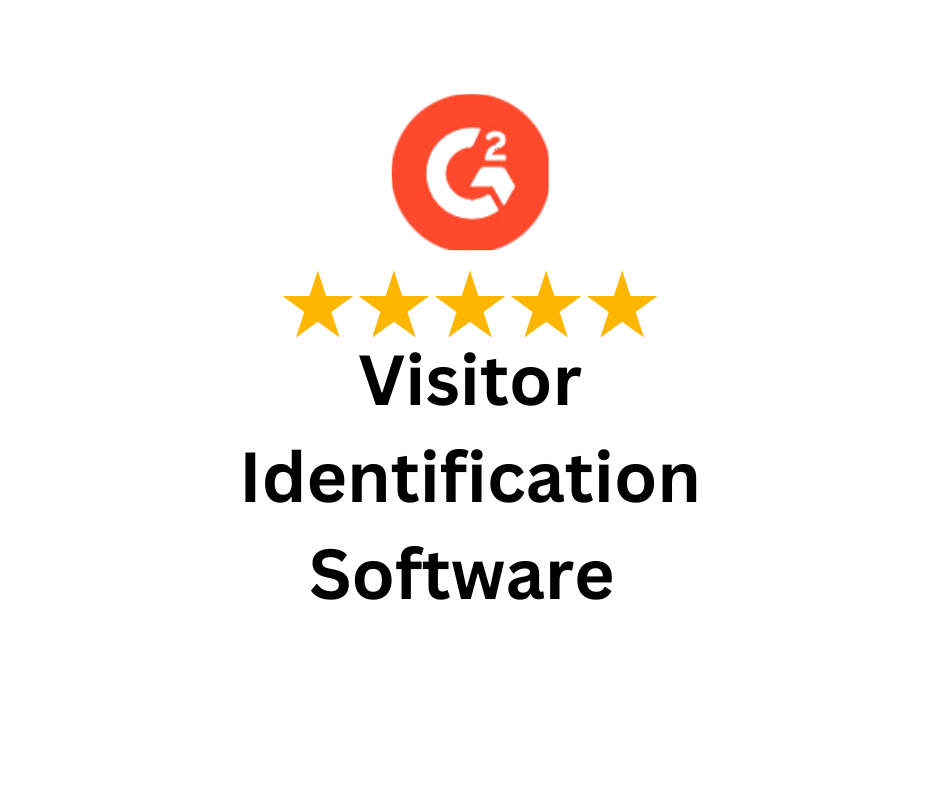Imagine running a shop where every person who walks in wants something different from your brand. One person wants a discount. Another person wants quality over quantity. A third is just browsing to see what you have. Now think of your brand and what you provide. Whether you operate online or offline, your customers are not the same and treating them all the same rarely works.
Segmenting customers helps solve this issue. It allows you to group people based on shared needs, habits, or goals. With the right segments, you can send better messages, offer better deals, and build real connections with your customers that will last.
The importance of market segmentation lies in knowing who you’re speaking to and how to better serve their needs. Instead of shouting into the crowd you need to talk directly to the potential customers who care. In today’s world that’s filled with competition, that makes all the difference.
Think about a busy market that is filled with people. One person is looking for something cheap. Another wants only the best, high quality goods. A third just stops to browse their options. Now imagine you’re trying to sell the same product to all of them in the same way. It won’t work. That’s where customer market segmentation helps your business market to each segment.
It means breaking your big audience into smaller groups, based on things like age, habits, budget, or location. Each group behaves differently due to their unique needs. Some people buy fast. Some wait and think. Some need discounts. Some care more about quality than the price tag.
When a business understands its target audience, you can speak their language. This can completely change your messages, the prices, or even the products that your business provides. This is how smart companies use consumer behavior to make better business plans that support long term success.
Segmentation helps you stop guessing. It tells you where to focus, who to reach, and how to offer what people are really looking for. That saves you the extra effort that isn’t always worth it. And it brings better results to your business while keeping customers happy.
Well, not every customer wants the same thing from your business. Some customers like offers that show you care. Others care about fast delivery before their event. Some want personal help before they buy your product. That’s why businesses use customer segments, to treat people differently, based on what they really need from you.
One of the biggest benefits of customer segmentation is the personalization that you can offer. Instead of sending the same message to everyone, brands are able to talk to each group in a unique way that addresses their priorities. A college student might be looking for a student discount, while a working parent may have chosen your business after seeing an ad for fast delivery.
Think of a clothing store who carries different products in each location. They know what locations need more winter jackets and what locations are closest to festivals, so they can plan their stock allocation to be more efficient. This kind of audience targeting saves money and time while supporting your business growth. It also improves results, which means better ROI and happier customers.
The best market segmentation is backed by data. With the help of data-driven marketing, brands know who is clicking, buying, or leaving their site and why. That makes future plans sharper and more useful based on your customer’s past buying trends. Our ads optimization tool is the best way to get started today.
In short, segmentation helps you stop guessing and start understanding what your customers need from your business. It’s how good marketing becomes a great business strategy.
Every customer is different and will shop in their own unique way. Some are young and tech savvy. Some live far away but will drive to your store. Some buy one thing often, others rarely shop but buy 10 items when they do. To reach them the right way, brands use different types of market segmentation in order to properly meet their needs. These market segmentation examples help group people based on what matters most like who they are, how they think, or where they live.
Let’s look at the four most common types of customer market segmentation.
This is one of the easiest and most used types of customer market segmentation. Demographic segmentation divides people by facts like their age, gender, family size, income, or education.
For example, a toy brand may target parents who are between 25 and 40 years old. A luxury watch company might focus on middle aged men with high income and office jobs.
Many online stores show different products to different age groups. A 60-year-old might see comfortable shoes, while a teenager sees the newest sneakers.
This type of segmentation works because people in the same group often share habits and have similar needs based on their lifestyles.
This is about how people think, what they care about, and how they choose to live their lives. Psychographic segmentation groups customers by lifestyle, interests, values, or personality.
A yoga brand may target people who prioritize wellness and calm lifestyle. A travel startup may focus on remote workers or solo travelers who enjoy adventure and freedom.
Unlike demographics, this type looks at feelings, not the facts. This makes it very useful for brands that want to create strong emotional messages related to their products.
Wondering about the real-world use? Fitness brands now use psychographics to show different ads to runners, gym lovers, and people who just want to stay active at home.
This type looks at what people do, not just who they are on paper. Behavioral segmentation groups people by actions like how often they buy, what they buy, and when they buy.
For example, a coffee shop may offer rewards to people who visit daily but send discounts to those who haven’t come in a while.
E-commerce sites use this type of segmentation a lot. A customer who adds products to cart but never buys might get a special offer to encourage them to try the product and introduce them to the brand.
It’s great for building customer loyalty and improving how your brand responds to real customer behavior.
This type of customer market segmentation is simple but powerful, geographic segmentation means dividing people by where they live. This can be a city, state, region, or even climate zone.
For example, a raincoat brand will focus on places that get heavy monsoon. A woolen wear brand may advertise more in cold mountain towns than in coastal cities.
Food delivery apps also use this technique. They show different menus in different cities, based on what people like to eat there and the deals available locally.
This type helps brands stay relevant to the needs of locals in their area of service.
Each of these types of segmentation gives a new way to understand your audience. Many businesses use a mix of all four to build better connections with their customers.
Strong market segmentation strategies begin with a clear goal of who you want to target and why. What do you want to achieve? It could be more sales, better ads, or stronger customer loyalty. Once the goal is set, the next step is gathering the right information in order to reach out to customers.
Start by collecting real data regarding your customers, what they click and where they come from. This can come from your website, social media, surveys, or sales records. Here at CausalFunnel, our customer lifetime value model is a great way to collect and maintain this data. Tools like Google Analytics, CRM software, or even email campaign reports can help you determine what is and is not working in your current strategy. These segmentation tools show patterns like who buys what, how often, or when they leave your site.
Next, you need to break this data into groups in order for it to be helpful. Use age, location, behavior, or anything else that fits your goal in order to sort your potential customers into segments. Build simple customer personas from these groups so you can better understand their needs and what they are looking for from your business.
Once the segments are ready, try small tests. Send one email to Segment A, a different one to Segment B. Watch the results. Are people clicking? Buying? If not, change and try again. That’s what data-driven marketing is about learning and improving your business.
The more you test and learn, the stronger your strategy becomes. Over time, this approach saves money, builds better trust, and helps your business grow in the right direction.
Big brands use segmentation every day in order to market their products more efficiently. Let’s look at a few simple examples of market segmentation to understand how it works in real life.
Netflix is one of the best examples of customer market segmentation. It watches what you watch and when you watch it. Based on that, it shows different shows to different users based on what they have previously watched. One person sees cartoons, another sees crime thrillers. That’s smart audience targeting.
Nike focuses on many groups. They market running shoes to athletes, casual sneakers to teenagers, and yoga gear to women who like wellness. Each ad, product, and message fits the group’s needs and shows them products that would benefit them.
Spotify uses consumer behavior to suggest songs. If you listen to calm music in the evening, you’ll get similar songs next time. Their playlists change based on your mood and habits, so do their suggestions.
Each of these brands knows that one message does not fit all. They use smart segments to talk to the right people. That’s why their marketing feels personal even when millions are watching.
Segmentation works best when it’s clear and suggests useful products to your customers. One big mistake is making groups that are too small. If your segment is too narrow, it may not be worth the time or cost to target them in this way.
Another common issue is guessing what will and will not work. Always check your segments with real numbers before committing to anything. Without data-driven marketing, you could miss what your target audience actually wants from your business.
Also, avoid treating your groups as fixed forever. People change. So should your strategy. Keep testing and adjusting as new data comes in or you will risk falling behind.
Segmentation is powerful, but only when done right. If you skip the basics, the results may not help your business grow.
Good marketing starts with understanding people. With the right market segmentation, you know who you’re talking to and what they care about.
It helps you send better messages, build stronger products, and stop wasting time on the wrong audience. When you use smart tools and real data, every message becomes more personal and useful.
The importance of market segmentation grows every year as customers expect more. Whether you’re a startup or a big brand, it’s time to stop guessing and start grouping. Try it in your own business and see how even small changes can bring big results.
Empowering businesses to optimize their conversion funnels with AI-driven insights and automation. Turn traffic into sales with our advanced attribution platform.

